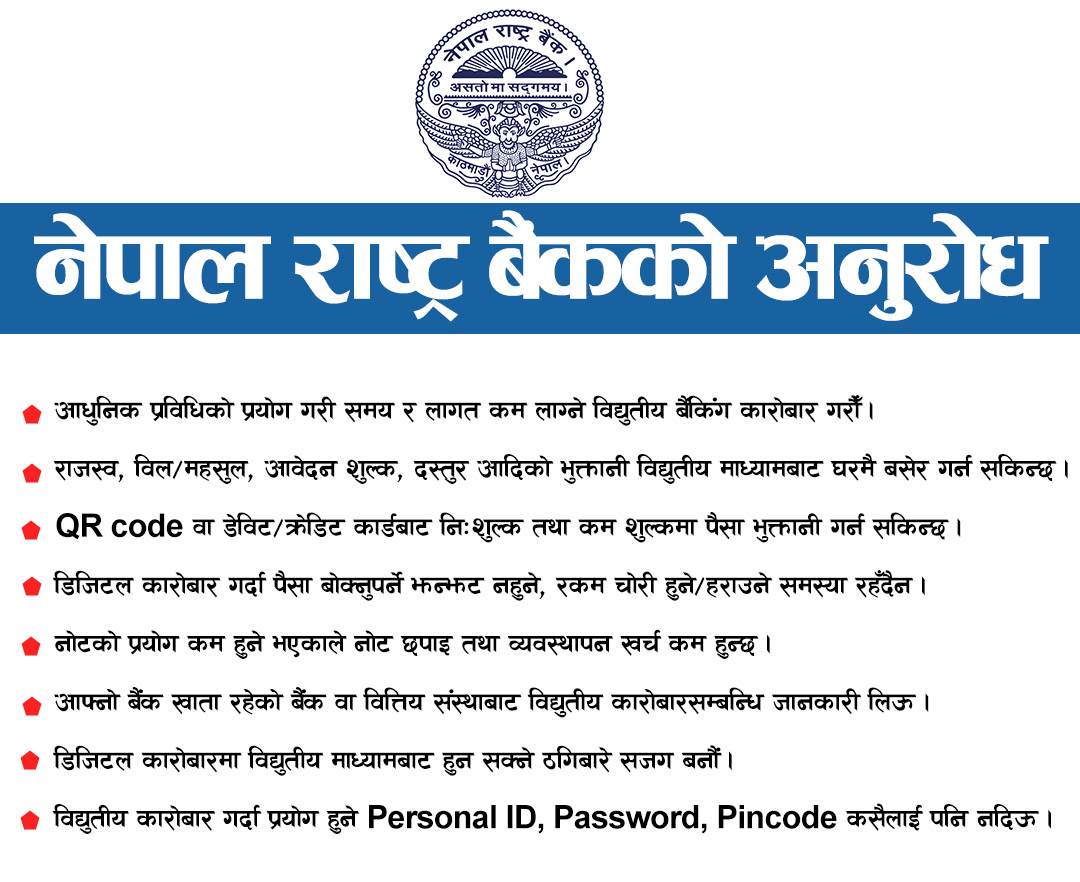Kathmandu. Nipah virus has been previously detected in bats in Kerala. Most infections are thought to come from contact with an infected animal, either the fruit bats themselves or from intermediate animals such as pigs, as in the first detected outbreak in Malaysia. But there are interesting differences between outbreaks.
The natural reservoir for Nipah virus and related members of the genus Henipavirus are fruit bats of the genus Pteropus. Nipah virus emerged in Malaysia in 1998 as a porcine neurologic and respiratory disease that spread to humans who had contact with live, infected pigs. Nipah virus (NiV) can spread to people from: Direct contact with infected animals, such as bats or pigs, or their body fluids (such as blood, urine or saliva) Consuming food products that have been contaminated by body fluids of infected animals (such as palm sap or fruit contaminated by an infected bat)
A few days ago, Nipah virus reappeared in India and some people died. Perhaps, this virus is not seen for the first time in India, but due to its high lethality and the fact that it appears every year, it seems that sooner or later, this virus may spread geographically, and there is concern and concern, especially in the health sector. In countries such as India and Bangladesh, when the distance between bats and humans is close due to various reasons, it is estimated that Nipah virus can be transmitted to humans by consuming bat body fluids such as saliva or urine. Most of the symptoms of Nipah virus appear within 4 to 14 days after infection. In the beginning, flu-like symptoms such as fever, sore throat, headache, muscle aches, and vomiting are seen.
But if the symptoms continue, then this virus starts taking a severe form of encephalitis (brain swelling) or problems related to the brain and nerves. And in 24 to 48 hours, the person becomes unconscious. According to the World Health Organization, 4 to 7 out of 10 infected people die. Hence it can be considered as a highly lethal virus. Its specific antiviral drug or vaccine has not yet been developed. The World Health Organization has also included Nipah virus in the list of infectious diseases that may take the form of an epidemic or pandemic in the future.










